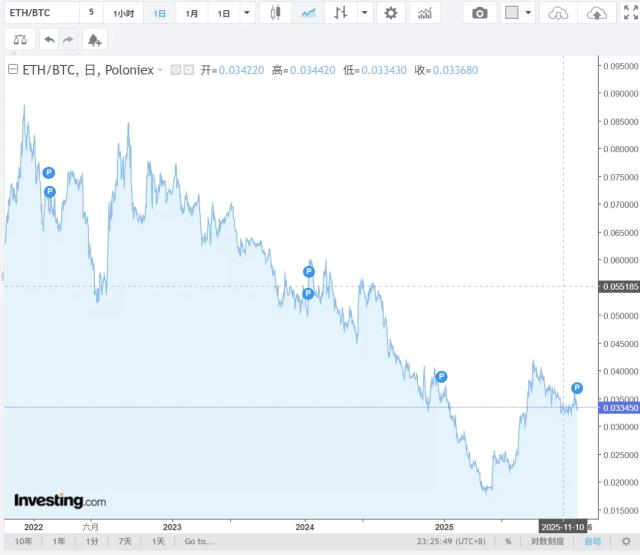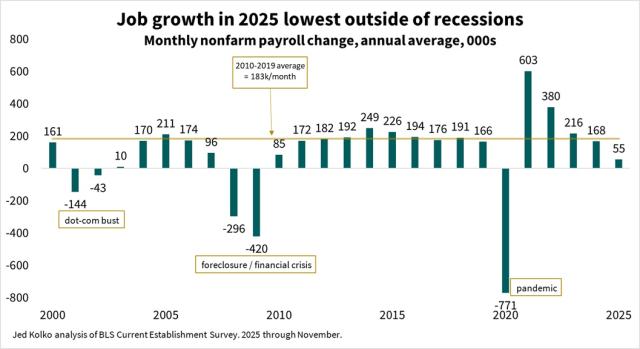Core Foundation and Hex Trust have expanded their partnership to provide institutional Bitcoin staking services in the Asia-Pacific and MENA regions.
This collaboration combines Core's dual staking technology with Hex Trust's regulated custody platform. Core provides Bitcoin staking services, and Hex Trust is an institutional cryptocurrency custody service in Hong Kong.
Institutional Interest, Returns, and Regulatory Compliance
Banks, family offices, and institutional investors can time-lock Bitcoin to support the Core network. Simultaneously, they can maintain full custody and receive protocol rewards. By integrating Core's staking technology into Hex Trust accounts, customers can stake BTC, CORE, or both without transferring assets to unregulated platforms.
There is a clear value for institutions: earning returns on idle Bitcoin while maintaining regulatory compliance and secure custody. Rewards are issued from blockchain activity, not opaque off-chain programs.
Core is positioning itself as a leader in the Bitcoin-centric DeFi ecosystem. It connects Bitcoin security with EVM-compatible programmability. Recent data shows over $500 million in total DeFi value locked, with more than 7,000 BTC time-locked protecting the network, and approximately 75% of Bitcoin mining hash power supporting it. These figures highlight why custodians and institutions are taking notice.
Based on its regulatory foundation in APAC and MENA, Hex Trust says this integration could drive a larger regulated flow into BTCFi, or decentralized finance based on Bitcoin security. Asset managers can maintain custody relationships while using time-locked Bitcoin as a regulated revenue source.
Analysts say the key challenges are scale and operational control. Institutions demand predictable rewards, clear custody segregation, and robust accounting. By combining Core's reward layer with Hex Trust's compliance infrastructure, this partnership can transform institutional Bitcoin engagement from passive holding to an active, returns-focused strategy. Security and regulatory reassurance are at the center of adoption.








